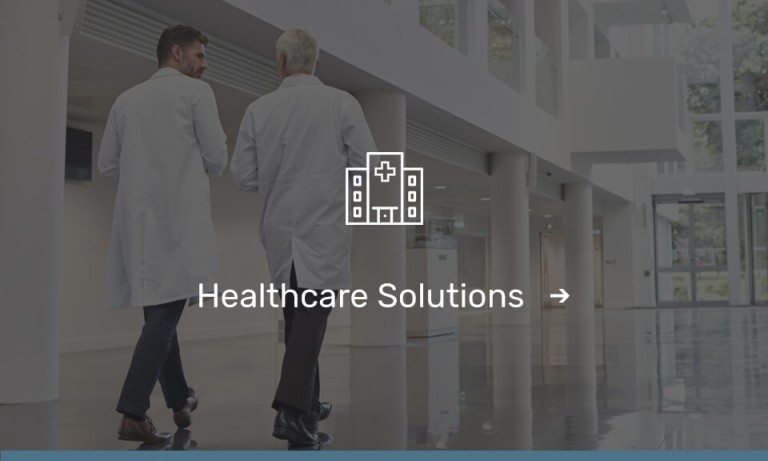
Technology Surges Due to COVID-19
Technology in healthcare often refers to cutting-edge treatments, or advanced, top-of-the-line medical devices and procedures. The COVID-19 pandemic brought further reliance on technology to an already technology-dependent healthcare system. The difference was that COVID-19 had hospitals and patient care settings turning to technology not only for providing excellent patient care, but for day-to-day functions such as:
- Provider appointments
- Staff meetings
- Patient care documentation
- Patient safety
Telehealth: The New Primary Care
When shelter-in-place orders went into effect for much of the country, healthcare offices limited appointments to decrease potential infectious exposure. Patients who needed visits for routine health checks, follow-up appointments, or even acute healthcare needs found themselves unable to visit a provider’s office. A patient had two options: wait for shelter-in-place orders to be lifted, or utilize the telehealth modalities that many healthcare facilities initiated in response to COVID-19.
In order for telehealth services to be effective, healthcare providers need to ensure the systems in place are easy to use, the network they utilize supports the necessary technology, and adequate privacy and cybersecurity measures are in place. If the appointment process is overly-complicated, if a healthcare facility uses a network that provides unreliable service, or if patients feel their safety or privacy are compromised, telehealth appointments fail to meet patient’s needs.
Virtual Workplace
In order to decrease the rapid spread of the COVID-19 virus, many healthcare systems limited services to essential or emergency procedures. Hospitals cancelled elective procedures, and primary care offices limited their appointments to telehealth visits. Medical conferences were postponed, cancelled, or presentations were delivered remotely. Although services were limited, essential staff still needed to be present in healthcare facilities. Not only did these essential healthcare workers need to provide patient care, but they also required frequent updates on new policies and procedures related to COVID-19 precautions.
Virtual platforms provide the opportunity for remote staff meetings:
- Zoom
- Microsoft Teams
- Webex
If healthcare systems utilize proper protection, remote meetings amongst healthcare providers are secure. To ensure sensitive information is not at risk of being compromised, a secure network is imperative so providers are able to discuss patient care and share information within the practice group.
Documentation
Patient care documentation isn’t a task limited to the COVID-19 pandemic, but the increased need for technology made documentation more complicated. Providers need to be able to document in their patient’s electronic medical record while conducting telehealth visits. The network connection, cybersafety protection, and devices used for both documentation and communicating with the patient must work synchronously and without glitches.
In recent years, hospital systems began utilizing electronic portals so patients can have access to their records simply by logging in to their account. If a patient was resistant to utilizing these portals before COVID-19, the increased reliance on telehealth medicine to communicate with patient care providers made it necessary for patients to utilize this service. Patient records must be easily accessible and frequently updated to reflect changes in a patient’s health status.
Keeping Patients Safe
In order to offer telehealth appointments to patients during the pandemic, the U.S. Department of Health and Human Services allowed the use of remote technologies, such as FaceTime or Zoom, to be used. These platforms have not been traditionally used for patient care since they are not HIPPA compliant, which makes it especially important for healthcare systems to utilize a reliable network and safety measures.
As the reliance on technology continues, healthcare providers must ensure patient’s needs for safety and adequate care are being met. Patients must feel that the use of technology for virtual appointments is a safe option, and the appointment will meet their needs. If patients do not feel comfortable with this new shift in care, or if they feel they are not being adequately protected, they are less likely to attend appointments, which delays care for their health needs.
With the emphasis on telehealth medicine, the surge of technology reliance is here to stay, and the responsibility of a secure network falls on each healthcare system. Allied Telesis partners with healthcare settings around the world to provide premium healthcare network solutions. Their innovative technologies ensure reliable access to the technology that is driving healthcare systems around the world.
Related




